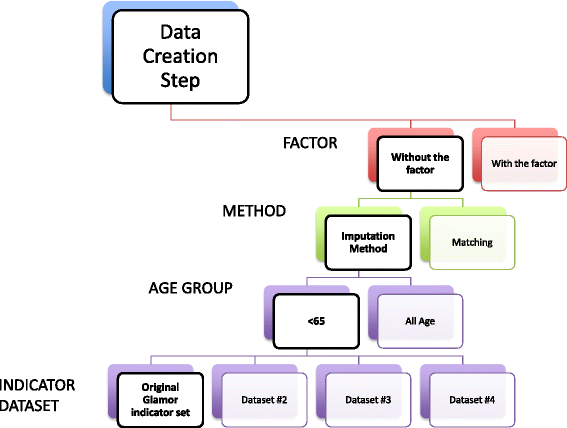Possible explanations for why some countries were harder hit by the pandemic influenza virus in 2009 - a global mortality impact modeling study
- PMID: 28946870
- PMCID: PMC5613504
- DOI: 10.1186/s12879-017-2730-0
Possible explanations for why some countries were harder hit by the pandemic influenza virus in 2009 - a global mortality impact modeling study
Abstract
Background: A global pandemic mortality study found prominent regional mortality variations in 2009 for Influenza A(H1N1)pdm09. Our study attempts to identify factors that explain why the pandemic mortality burden was high in some countries and low in others.
Methods: As a starting point, we identified possible risk factors worth investigating for Influenza A(H1N1)pdm09 mortality through a targeted literature search. We then used a modeling procedure (data simulations and regression models) to identify factors that could explain differences in respiratory mortality due to Influenza A(H1N1)pdm09. We ran sixteen models to produce robust results and draw conclusions. In order to assess the role of each factor in explaining differences in excess pandemic mortality, we calculated the reduction in between country variance, which can be viewed as an effect-size for each factor.
Results: The literature search identified 124 publications and 48 possible risk factors, of which we were able to identify 27 factors with appropriate global datasets. The modelling procedure indicated that age structure (explaining 40% of the mean between country variance), latitude (8%), influenza A and B viruses circulating during the pandemic (3-8%), influenza A and B viruses circulating during the preceding influenza season (2-6%), air pollution (pm10; 4%) and the prevalence of other infections (HIV and TB) (4-6%) were factors that explained differences in mortality around the world. Healthcare expenditure, levels of obesity, the distribution of antivirals, and air travel did not explain global pandemic mortality differences.
Conclusions: Our study found that countries with a large proportion of young persons had higher pandemic mortality rates in 2009. The co-circulation of influenza viruses during the pandemic and the circulation of influenza viruses during the preceding season were also associated with pandemic mortality rates. We found that real time assessments of 2009 pandemic mortality risk factors (e.g. obesity) probably led to a number of false positive findings.
Keywords: Global; Influenza; Modelling; Mortality; Pandemic; Risk factors.
Conflict of interest statement
Ethics approval and consent to participate
Not applicable.
Consent for publication
Not applicable.
Competing interests
KFM and PS declared no competing interests. WJP is an Associate Editor of BMC Infectious Diseases and is a member of the Steering Committee of the Global Influenza Initiative (2012–2017). WJP declared no other competing interests.
Publisher’s Note
Springer Nature remains neutral with regard to jurisdictional claims in published maps and institutional affiliations.
Figures
References
-
- Influenza-like illness in the United States and Mexico. Geneva, World Health Organization, 24 April 2009, WHO, Editor. 2009.
-
- Santa-Olalla Peralta P, et al. Critically ill patients with 2009 pandemic influenza A (H1N1) infection in Spain: factors associated with death, April 2009 - Januari 2010. Rev Esp Publica. 2010;84(5):547–67. - PubMed
MeSH terms
Substances
LinkOut - more resources
Full Text Sources
Other Literature Sources
Medical
Research Materials
Miscellaneous


